A Documentary that Tells the Hard Truth About this Endangered Species and Implores You to Know and Love this Whale
With fewer than 350 remaining, the North Atlantic Right Whale is on the brink of extinction. The imminent threat they face are vessel strikes and entanglement, but climate change is also a very real and scary threat as well. Scientists say they could be lost from the planet by 2040. What a loss that would be. But there is hope. There are people working hard to save this species, people like Nadine Pequeneza, the Director of Last of the Right Whales, a documentary hitting theatres across the country on February 20th. It’s already won the “Best Canadian Feature” at the 2021 Planet in Focus International Documentary Environmental Film Festival and it is more than worthy of all the acclaim it’s receiving.
I sat down with Nadine to talk about the North Atlantic Right Whale and her incredible documentary to encourage the public to know this Endangered whale – to know it and love it.
Interview With the Director

“There’s not a lot of public awareness about this whale and the threats that it’s facing,” said Nadine. “And also it’s not only the North Atlantic Right Whale that’s impacted by these human activities of shipping and fishing and so I felt like if we’re going to lose a species that’s been on the planet for millions of years because of ignorance, we should try to avoid that. If you think of all the planets in the universe, they don’t have the kind of life that we have here. And so it needs to be protected.
Scientists have been studying these whales since the ‘30s. They’ve been cataloging them and naming them and following their life history. They’re not just whales. They’re whales with family – with calves and grandcalves and they actually have documented those family lines and have seen similarities in where they go to calve and raise their young, and even where they might choose to feed. This science is continuing but it indicates that there’s memory here. Because the scientists have such a close relationship with these whales I wanted to convey that in the film and I wanted the audience to also have that connection.
There’s no other form of storytelling that allows people to really experience things without having to be there at a particular moment. Just by having that audiovisual experience and being able to almost walk in the footsteps of people on the front lines trying to deal with this issue.”
Getting to Know Them as Individuals
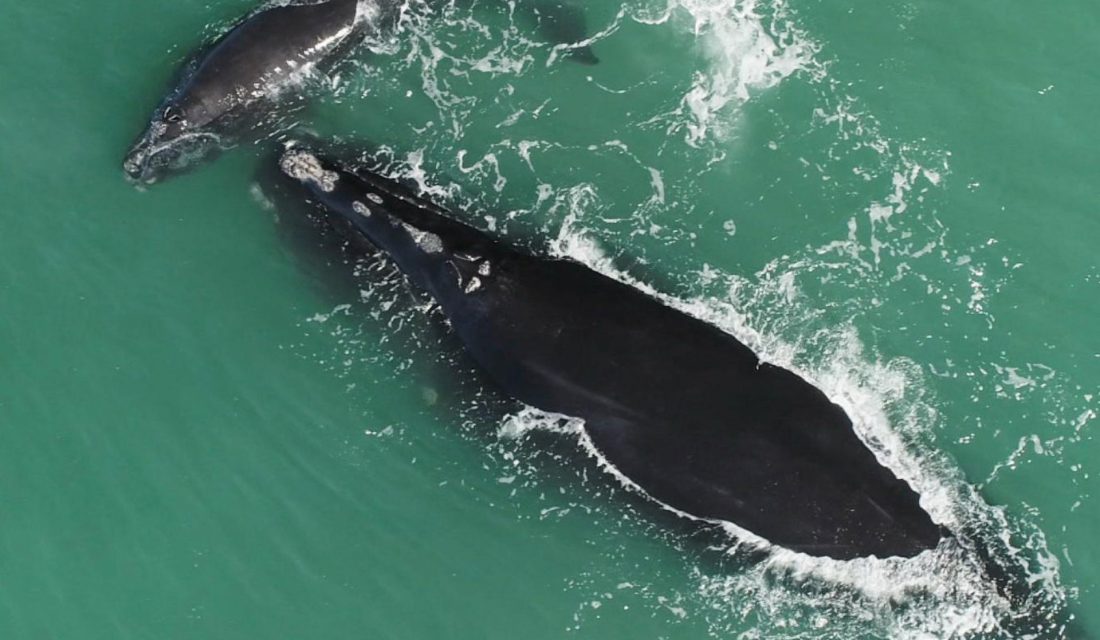
The film introduces us to a myriad of heroes that have dedicated their time and sometimes their lives to the protection of the North Atlantic Right Whale. It also introduces us to two very special whales – Snow Cone and her calf. Over the course of the film, the audience watches these two mammals as they communicate with one another, and ultimately have that bond destroyed due to human activity. It’s next to impossible to watch their journey and their relationship and not feel empathy for these whales.
That is what Nadine was hoping to achieve with the film. “We filmed over the course of 2.5 years, and I got to know those whales. Oftentimes the way we connect with animals that are not humans is to give them human characteristics. That was one of the goals of the documentary – to show people those human characteristics that all animals share. The bond between mother and child and mom and calf? You’ll see it across all mammals.”
Their story, sadly, is not void of the real threats these whales face every day – namely entanglement and ship strikes.
A Sad Tale to Tell

Every year a number of North Atlantic Right Whales are sadly hit by ships. In 2017, for example, 17 North Atlantic Right Whales were killed (although that number may be even higher). Of those deaths, five individuals were killed from being hit by vessels. Necropsies performed on whales have found that ship strikes can fracture bones, cause severe hemorrhaging to their tissue and damage the blood vessels around the dorsal fin.
Similarly, about a quarter of North Atlantic Right Whales become entangled in fishing gear every year. Some result in minor scars, but others involve ghastly deaths. An entangled whale has a harder time to move around freely, reproduce and eat. Entanglements can lead to infection and even cut through to the muscle and bone. When a whale can’t escape the binding, they can drown or their deaths can be drawn out for months. The fact that 85 per cent of North Atlantic Right Whales have scarring from entanglement in fishing gear proves that this threat is incredibly real for these mammals.
There is Still Hope
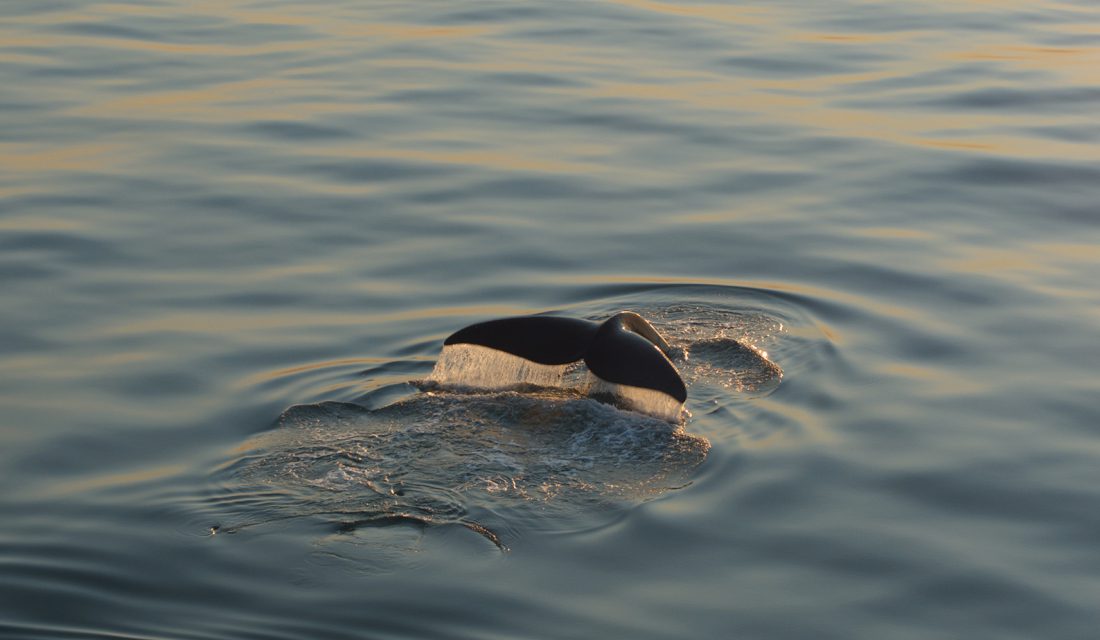
While Last of the Right Whales doesn’t shy away from the very real horrors these marine mammals face, you can certainly sense the hope that Nadine has surrounding the fate of these whales.
“I have hope because we’re the cause of the problem. We’re the ones that are the biggest threats to the whale’s existence. Or at least the immediate threat. We have the possibility to change our behaviours, change the way we use the ocean and come up with methods that allow both species – humans and whales – to coexist in the ocean,” said Nadine. “There’s a lot of fabulous work going on with engineers and fishers trying to develop safer ways of fishing. There’s been a lot of testing happening over the last four or five years. Some of these systems have been used successfully in other parts of the world for many years already. I’m very encouraged by the fact that people have been moving in this direction in Canada and the U.S.
I think we have it in our ability to protect these whales and other cetaceans in the ocean. But we need to wake up and do what’s required. We know we’ve had some success. But because of climate change, the conditions change, so then we have to implement those same protection measures in new places.
Lifetime Heroes
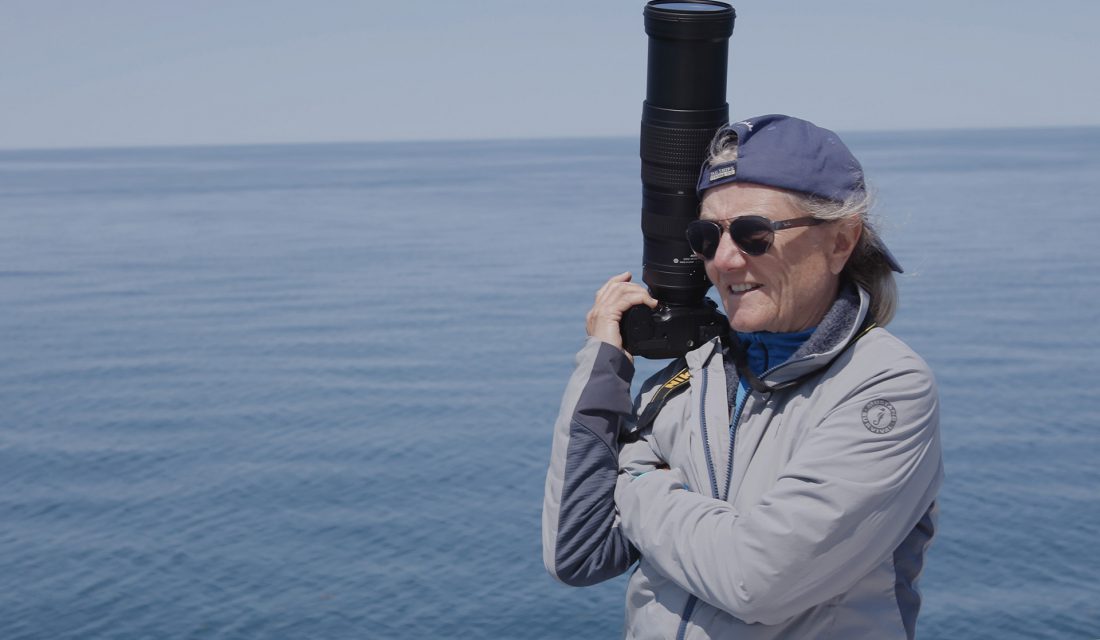
I really respect those people who’ve been in it for the long haul like Barb Zoodsma (Coordinator of the National Oceanic and Atmospheric Administration’s right whale recovery program in the Southeast U.S.), Dr. Charles ‘Stormy’ Mayo (Director of the Right Whale Ecology Program at the Center for Coastal Studies in Provincetown,), Dr. Moira Brown (lead scientist at the Canadian Whale Institute), Michael Moore (Woods Hole Oceanographic Institution marine biologist). They’ve been in this for decades – working to save this species. I have tremendous respect for them for sticking with it because every time the whales shift in distribution because of climate change, these heroes then have to go and educate a whole new group of people – governments, regulators, and more.
I also have tremendous respect for young people who are coming into it. People like Wildlife Cinematographer, Nick Hawkins who was going to do whatever he had to do to get the imagery that he felt was so important for the protection of the species. Images are key when you are trying to protect a species – you can’t love something if you’ve never seen it.
Martin Noël – a Crab Fisherman in New Brunswick – is a hero to me because he is getting involved in every way possible to protect the species both in testing new types of gear that will make that rope either disappear from the water column or less dangerous if it has to be in the water column for a period of time. He’s testing gear. He’s on the newly formed rescue team in the Gulf of the St Lawrence – they never had one there before because the whales weren’t present and then he’s also taking the scientists out every year so they can do their research. He captains his vessel so they can get to where they need to to collect samples, take photos and do observation work.
It takes a very forward-thinking person to react that way when your livelihood is at stake. Imagine if someone came to you and said, ‘You can no longer earn a living the way you have been earning a living for generations in your family and you had no knowledge of the problem that they’re talking about. That’s the way people need to think of it. When we understand what’s at stake and the fact that if we want this change to happen fishermen have to be involved, we stand a chance of saving this species. It doesn’t make any sense to think that we can solve this problem without the cooperation of fishermen.”
From Empathy to Action
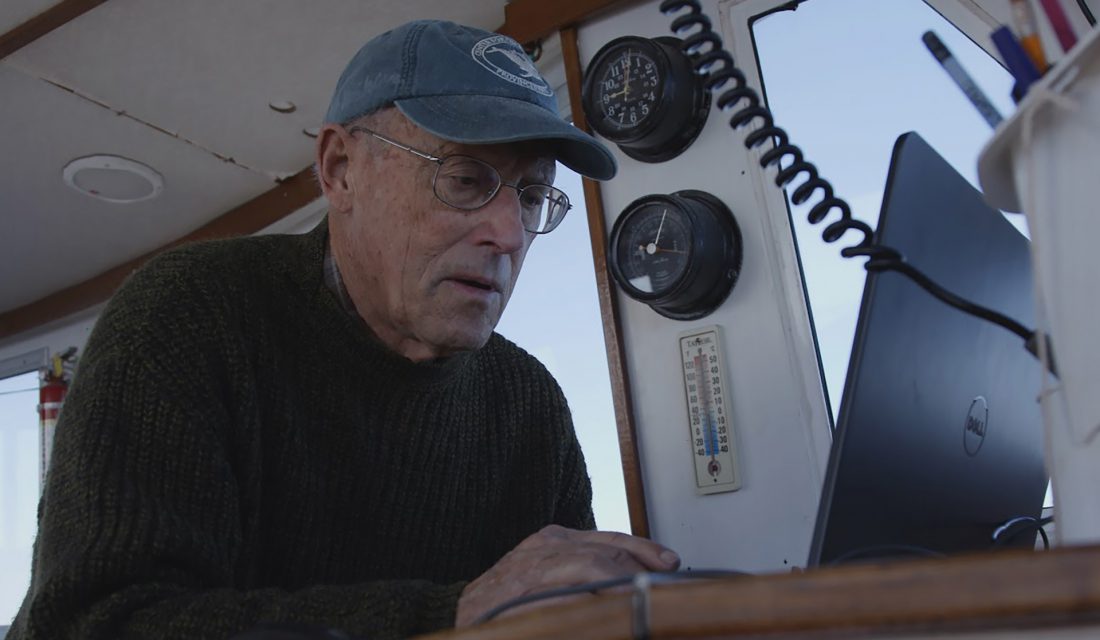
But heroes can’t do it alone. They can’t save this species alone. They need an army of people behind them. And so we hope you’ll go to the theatres starting February 20 across the country and open up your heart to these animals. When asked what Nadine hopes her audience will take away from Last of the Right Whales, she responded “First and foremost, I hope they will love North Atlantic Right Whales. I hope they will feel connected to them. I hope that they will feel empathy for Snow Cone and her calves –the one that died and the new one that’s just been born. And though a miracle, both mom and calf are at risk because of that ongoing entanglement. I hope they will feel empathy and I also hope that they will see solutions. That they will see that there is a possibility for us to correct our behaviours in a way that makes it possible for coexistence.”

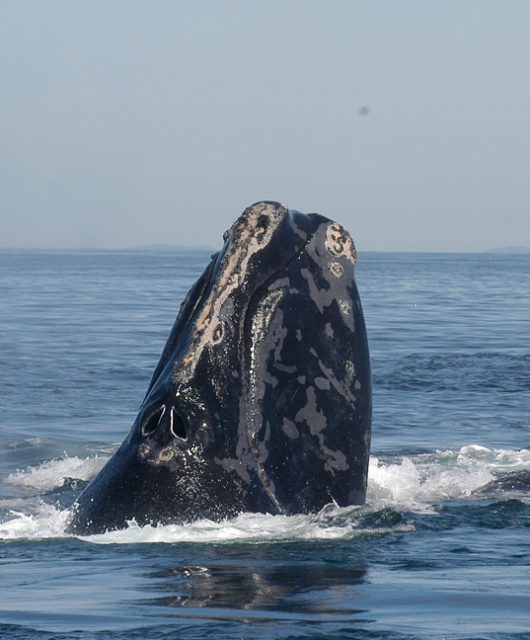
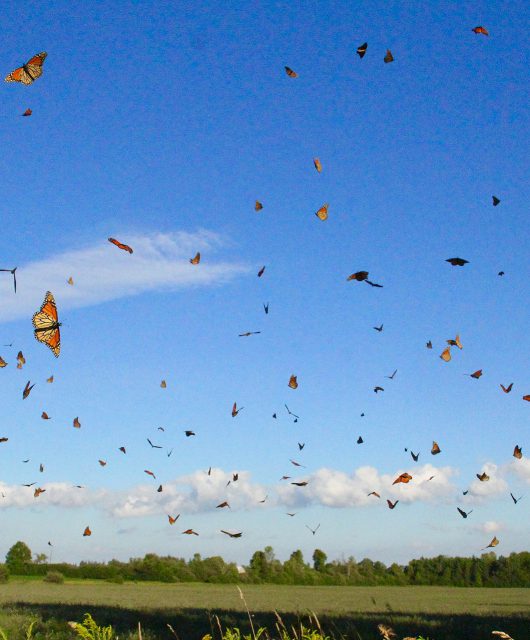
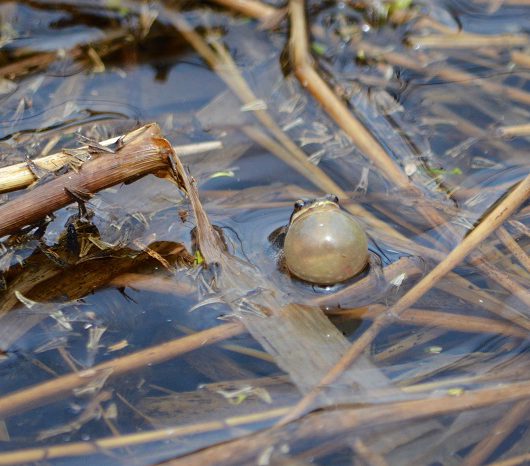
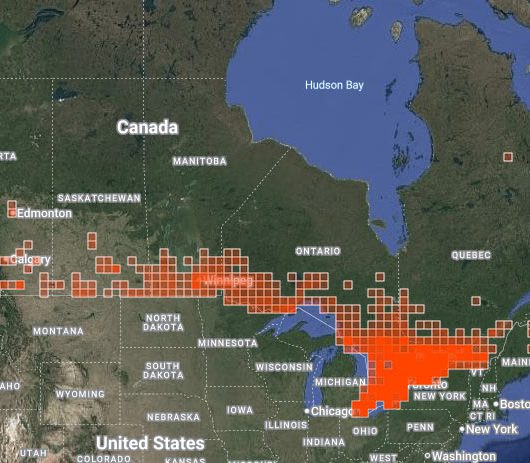
2 comments
Last of the Right Whales needs to be shown on tv especially during these scary COVID times, many of us will not go to theatres and being high risk , I can’t ever see myself going back to a theatre
I think it should be aired on tv. It’s very Interesting, very informative. Would make a great documentary.